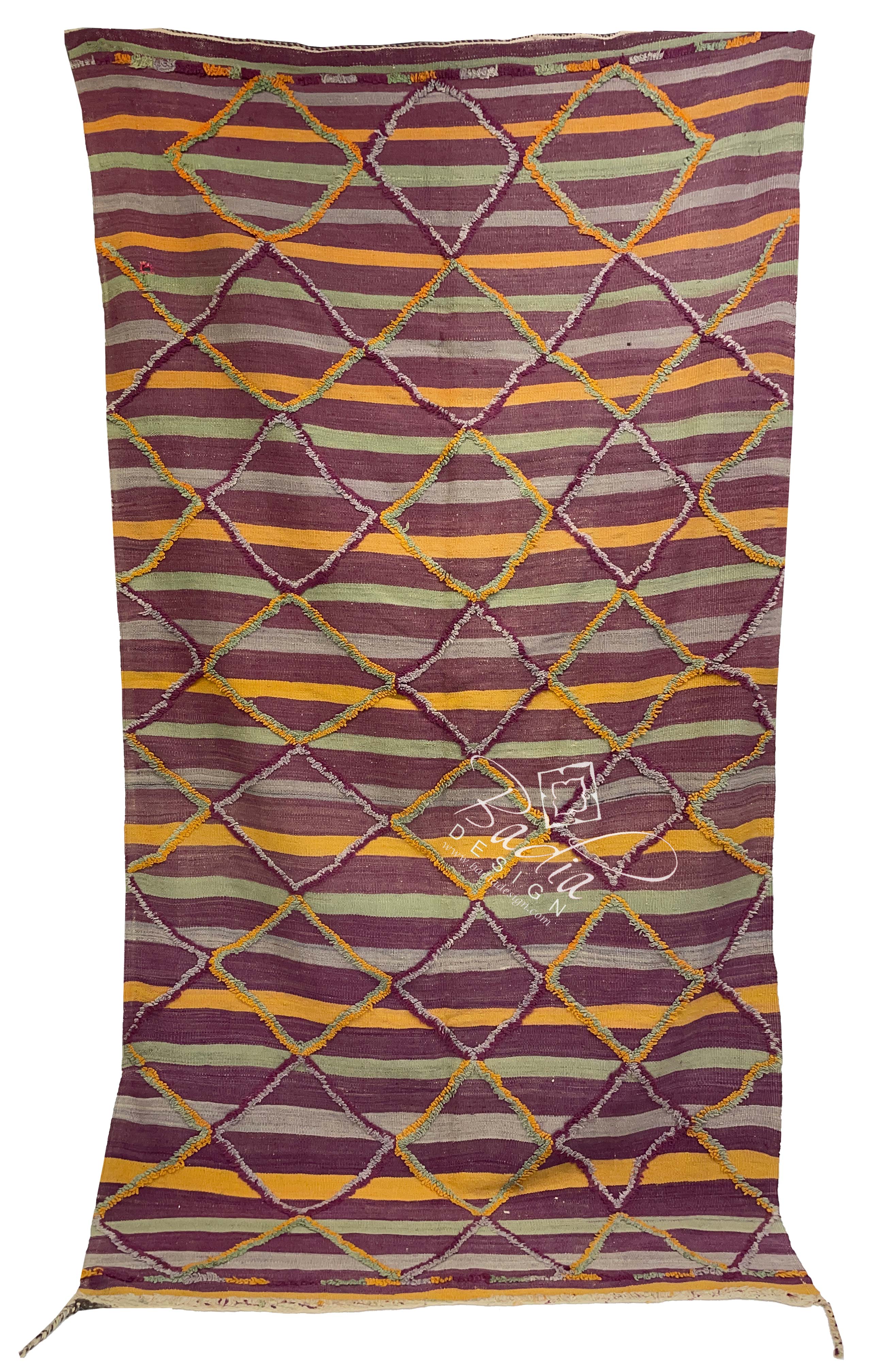Handmade Berber Rugs
Moroccan Berber Rugs: A Fusion of History, Artistry, and Timeless Elegance
Moroccan Berber Rugs have captivated homeowners and organizations worldwide with their rich history, exquisite craftsmanship, and incomparable adaptability. These rugs can elevate any space, from a snug living area to a sleek office environment. This guide delves into the fascinating history of Moroccan Berber rugs, the detailed artistry involved in their production, their exceptional longevity, and practical tips for styling website them in modern spaces.
The origins of Moroccan Berber rugs can be traced back millennia to the Berber tribes of North Africa. The Berbers, with their rich cultural heritage, developed rug-weaving techniques to meet the demands of their nomadic lifestyles and varied environmental conditions.
The symbols and motifs in these rugs narrate stories that are unique to the tribe or family of origin. Motifs often symbolize themes like protection, nature, or fertility, giving each rug cultural significance. Historically, these rugs were made for practical use, offering warmth in the cold Atlas Mountains or serving as bedding in arid environments.
In the mid-20th century, Moroccan Berber rugs gained international acclaim when prominent designers like Le Corbusier and Frank Lloyd Wright began incorporating them into their architectural masterpieces. Now, these rugs are prized for their beauty and historical depth.
These rugs are created using traditional techniques, maintained over centuries. This craftsmanship embodies a deep connection to heritage and creativity.
Berber rugs are typically crafted from eco-friendly fibers such as pure wool, camel hair, or even cotton. Wool is especially prized for its luxurious feel, durability, and ability to retain warmth. Artisans often hand-spin the wool, giving each rug a unique look and feel.
Berber rugs are handwoven on traditional looms, a process that can take weeks or even months depending on the intricacy and dimensions of the design. The knots—whether Beni Ourain’s soft, flowing look or the tighter weave of Azilal rugs—define the rug’s durability and appearance.
Natural dyes derived from plants, minerals, and insects are used to create the vibrant colors found in many Berber rugs. Neutral shades dominate Beni Ourain designs, while brighter Azilal and Boucherouite pieces feature striking colors like red, blue, and yellow.
One of the key features of Moroccan Berber rugs is their exceptional durability. As a result, they’re an excellent fit for homes and work environments.
The use of high-quality natural fibers ensures that Berber rugs retain their integrity over years of use. Wool’s natural flexibility and resistance to stains make it a perfect choice for lasting rugs.
Cleaning and maintaining a Moroccan Berber rug is relatively simple. Regular vacuuming, spot cleaning with mild detergent, and occasional professional cleaning will keep them looking pristine for years.
Tips for Styling Moroccan Berber Rugs in Modern Homes
Adding Moroccan Berber rugs to modern spaces is simpler than it seems. Their versatile designs and textures can complement a wide range of styles, from minimalist to bohemian.
1. Create a Focal Point in the Living Room
A large Beni Ourain rug can serve as the focal point of your living area. The rug’s muted tones and clean lines bring cohesion to the space and exude coziness.
2. Introduce Vibrancy to Minimalist Rooms
In minimalist or neutral spaces, a colorful Azilal or Boucherouite rug can add a bold, eye-catching accent. These rugs work particularly well in neutral-toned rooms, where they serve as a focal point.
3. Layer Rugs for Texture
For a cozy, eclectic vibe, layer a smaller Berber rug over a larger natural-fiber rug, such as jute or sisal. This pairing enhances texture and emphasizes the unique patterns of the Berber rug.
4. Elevate the Look of Offices and Workspaces
Moroccan Berber rugs are perfect for adding elegance and warmth to professional spaces, including offices and lounges. The artisanal craftsmanship of these rugs radiates authenticity and refinement.
5. Use as Wall Art
Some Moroccan Berber rugs are so visually stunning that they deserve to be displayed as art. Hanging a rug on the wall can add a unique touch to your home or business, showcasing the craftsmanship and cultural heritage of the piece.
Reasons to Invest in Moroccan Berber Rugs
For both homeowners and businesses, Moroccan Berber rugs represent a blend of practicality, aesthetics, and cultural significance. Their durability ensures a long lifespan, while their timeless designs can adapt to changing trends and tastes.
Sustainability in Moroccan Berber Rugs
Berber rugs are often made with environmentally responsible and sustainable techniques. Purchasing these rugs helps preserve artisan traditions while enriching your decor with sustainable beauty.
The Appreciating Worth of Moroccan Berber Rugs
Vintage or unique Moroccan Berber rugs tend to grow in worth over the years. They are both functional decor and collectible assets.
